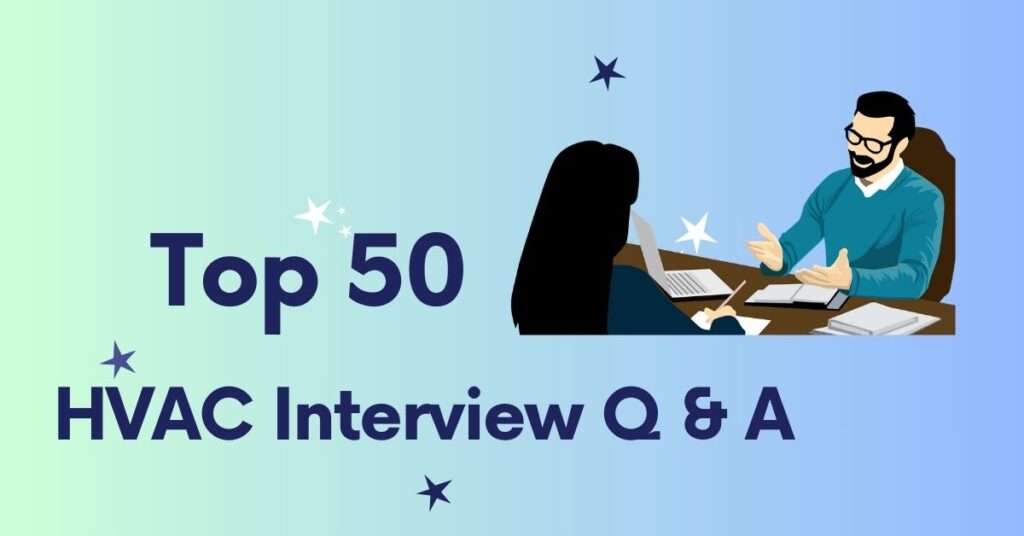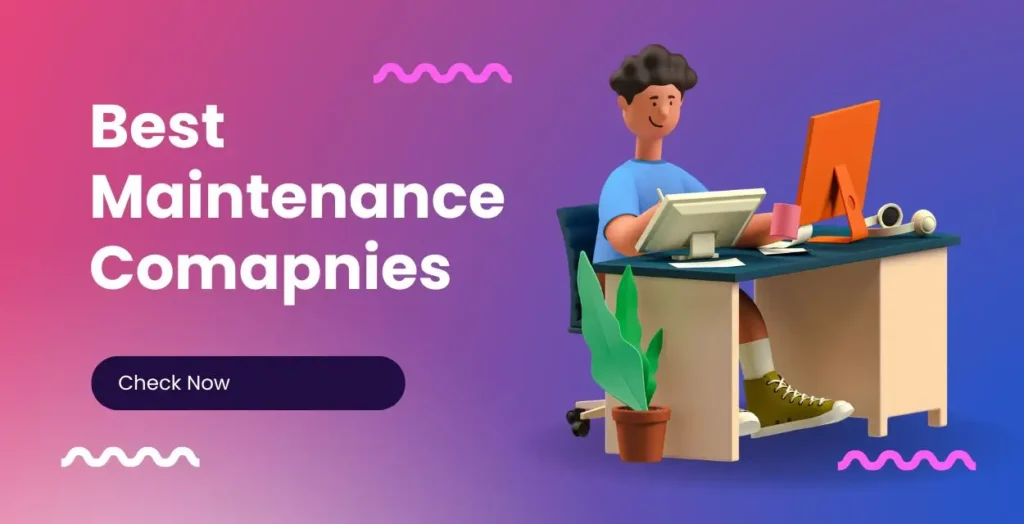Google My Business (GMB) is a powerful tool for businesses aiming to improve their local visibility. Optimizing your GMB profile can drive more traffic, increase your visibility in local searches, and help convert potential customers into loyal clients. In this comprehensive guide, we’ll walk you through the best practices to optimize your Google My Business profile for local SEO success.
What is Google My Business?
Google My Business is a free tool provided by Google that allows businesses to manage their online presence across Google’s platforms, including Search and Maps. It helps businesses stand out by providing essential information such as location, hours, and contact details to potential customers searching locally.
Why Google My Business Optimization is Important for Local SEO
Enhancing Local Search Visibility
Optimizing your Google My Business profile significantly impacts your visibility in local search results. When someone searches for services or products in their area, Google uses GMB profiles to deliver relevant results. A well-optimized GMB listing increases the chances of appearing in the coveted “Local Pack” and on Google Maps, driving more foot traffic and inquiries.
Building Trust and Credibility
An optimized GMB profile showcases important business information and customer reviews, contributing to the trustworthiness of your business. Verified information and positive reviews can improve your reputation and make you the go-to option for local customers.
Step-by-Step Guide to Optimize Google My Business for Local SEO
1. Claim and Verify Your Google My Business Listing
The first step is to claim and verify your GMB listing. Verification confirms that you are the legitimate owner of the business and allows you to manage your business information on Google.
How to Verify:
- Log in to your Google My Business account.
- Search for your business and select it.
- Follow the prompts to verify by phone, email, or postcard.
2. Complete Every Section of Your GMB Profile
Google values complete and accurate information, so fill out every section of your profile. This includes your business name, address, phone number (NAP), website URL, hours of operation, and more.
Importance of Accurate Business Information
Accurate NAP details are essential for consistency across all online platforms, boosting local SEO. Inconsistent information can confuse both Google and potential customers.
3. Choose the Right Business Categories
Selecting the appropriate business categories is crucial for Google to understand what your business offers. Be specific in your choice to ensure you appear in relevant searches.
Primary Category: Choose a primary category that best represents your main product or service. Additional Categories: Add secondary categories to cover other services your business offers.
4. Optimize Your Business Description
Your business description is an opportunity to tell potential customers what you do and how you can help them. Use targeted local keywords to describe your business in a way that resonates with your audience.
Crafting a Strong Business Description
- Keep it concise and informative.
- Highlight your unique selling points.
- Incorporate local SEO keywords naturally.
5. Upload High-Quality Photos and Videos
Visual content plays a significant role in attracting potential customers. According to Google, businesses with photos receive 42% more requests for directions and 35% more click-throughs to their websites.
Best Practices for Visual Content
- Upload high-quality images of your storefront, products, and services.
- Include videos showcasing your work, team, or customer testimonials.
- Regularly update your photos to keep your profile fresh.
6. Gather and Respond to Customer Reviews
Customer reviews are crucial for local SEO. Positive reviews can improve your rankings and encourage more customers to choose your business.
Encouraging Customer Reviews
- Request reviews from satisfied customers after providing a service.
- Offer simple instructions on how to leave a review on Google.
- Avoid incentivizing reviews, as this violates Google’s guidelines.
Responding to Reviews
Engage with your customers by responding to reviews, whether positive or negative. This shows that you value customer feedback and are committed to improving your business.
7. Use Google Posts to Engage Your Audience
Google Posts allow you to share updates, offers, and events directly on your GMB profile. These posts appear in your knowledge panel, making them an excellent tool for engaging with local customers.
Types of Google Posts
- Offers: Share limited-time promotions to attract new customers.
- Updates: Announce new products, services, or changes to your business hours.
- Events: Promote upcoming events, such as workshops or sales.
8. Add Products and Services
If applicable, use the “Products” and “Services” sections of your GMB profile to highlight specific offerings. This helps Google understand your business better and can improve your visibility in relevant searches.
Structuring Your Products and Services
- Categorize your offerings for easy navigation.
- Include detailed descriptions with relevant keywords.
- Regularly update this section as your offerings change.
9. Optimize for Voice Search
Voice search is becoming increasingly popular, and many local searches are conducted using voice commands. Optimize your GMB profile by considering how people might ask questions about your business verbally.
Tips for Voice Search Optimization
- Use conversational language in your business description and posts.
- Answer common questions in a natural, concise manner.
- Optimize for local keywords that people might speak rather than type.
10. Monitor Insights and Performance Metrics
Google My Business provides valuable insights into how customers find and interact with your business. Use these metrics to adjust your strategy and improve your local SEO efforts.
Key Metrics to Monitor
- Search Queries: Identify which keywords customers use to find your business.
- Customer Actions: Track how often customers call, visit your website, or request directions.
- Photo Views: Monitor how often your photos are viewed compared to competitors.
Advanced Tips for Maximizing GMB for Local SEO
1. Leverage Q&A Feature
The Q&A section allows potential customers to ask questions directly on your GMB profile. Proactively add common questions and answers to provide valuable information upfront.
Best Practices for Q&A
- Regularly monitor this section for new questions.
- Provide clear, helpful answers.
- Encourage customers to ask questions if they need more information.
2. Enable Messaging for Direct Communication
Google My Business offers a messaging feature that allows potential customers to contact you directly from your profile. Enable this feature to provide immediate assistance and answer inquiries in real-time.
3. Utilize Geo-Tagging in Your Photos
Geo-tagging your photos with location data can help Google understand where your business is located and improve your local rankings.
How to Geo-Tag Photos
- Upload photos with embedded location metadata.
- Use tools to add geo-location tags to your images if needed.
4. Optimize for Mobile Users
Most local searches are conducted on mobile devices, so ensure that your GMB profile is optimized for mobile users.
Mobile Optimization Tips
- Ensure your website is mobile-friendly.
- Test how your GMB profile appears on various mobile devices.
- Make it easy for users to call or get directions with a single tap.
5. Consistency Across Citations
Consistency is critical in local SEO. Ensure that your business name, address, and phone number (NAP) are consistent across all online directories, social media profiles, and your website. This helps Google verify your business information and boosts your local SEO.
The Role of Local SEO Keywords in GMB Optimization
1. Targeting Location-Based Keywords
Local SEO revolves around targeting location-based keywords. Incorporate your city or region in your business name, description, and posts to improve your chances of ranking in local searches.
Examples of Location-Based Keywords
- “HVAC services in Mumbai”
- “Best coffee shop in New York”
- “Affordable plumbing in Los Angeles”
2. Long-Tail Keywords for Niche Markets
Long-tail keywords are more specific phrases that target niche markets. These keywords often have lower competition and higher conversion rates.
Example of Long-Tail Keywords
- “24-hour emergency locksmith in Dallas”
- “Organic grocery store near me”
- “Pet-friendly hotels in Miami”
Common Mistakes to Avoid in Google My Business Optimization
1. Ignoring Negative Reviews
Negative reviews can harm your reputation, but ignoring them can make things worse. Always respond to negative reviews professionally and address the issues raised.
2. Incomplete Business Information
Leaving sections of your GMB profile incomplete can result in missed opportunities. Fill out every section to ensure Google and potential customers have all the information they need.
3. Keyword Stuffing
While using keywords is essential, overloading your profile with too many keywords (keyword stuffing) can hurt your SEO efforts. Focus on providing valuable content that incorporates keywords naturally.
4. Neglecting Profile Updates
An outdated GMB profile can lead to customer frustration. Regularly update your business hours, contact information, and offerings to provide accurate details.
Conclusion
Optimizing your Google My Business profile for local SEO is a powerful strategy to increase your online visibility and attract local customers. By following the best practices outlined in this guide, you can enhance your GMB profile, improve your rankings in local search results, and ultimately grow your business. Remember that local SEO is an ongoing process




